Discovering Antarctica is the world’s last great wilderness and quite possibly the greatest travel experience possible. Andy Mossack joined National Geographic and Ponant on an epic cruise.
I was ashore on Neko Harbour in Andvard Bay during my discovering Antarctica cruise and it was drenched in sunlight. Blue skies and virgin snow. Gorgeous. In an almost surreal moment, an immense crack echoed across the bay and I watched transfixed as a huge chunk of ice calved off a glacier in slow motion and plummeted into the sea.
The Gentoo penguins knew what was coming and scampered off up to the high ground. I was oblivious. Still on the beach. Hypnotised by the epic moment. Then a giant wave started to slowly make its way toward me, and I suddenly realised I’d better follow the penguins’ advice and scamper off myself.
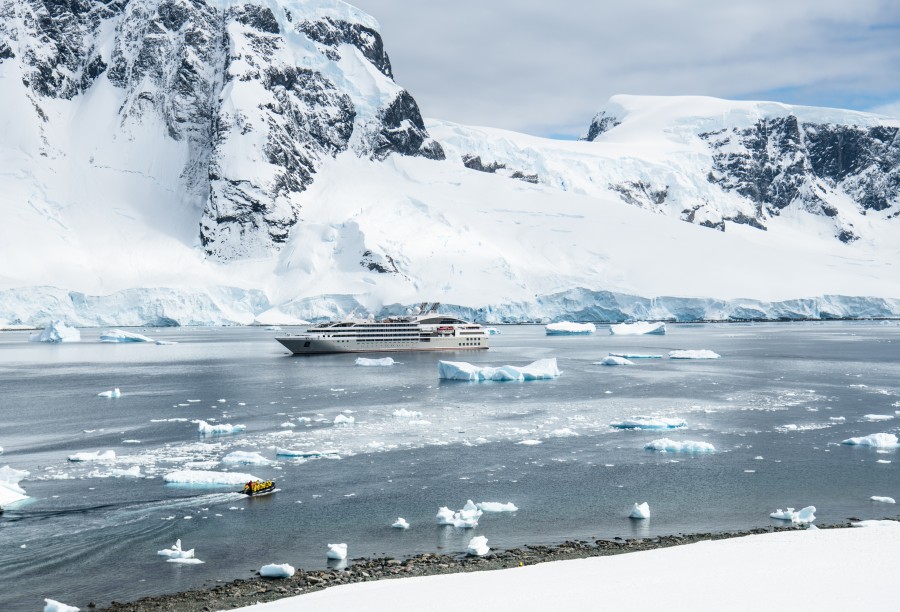
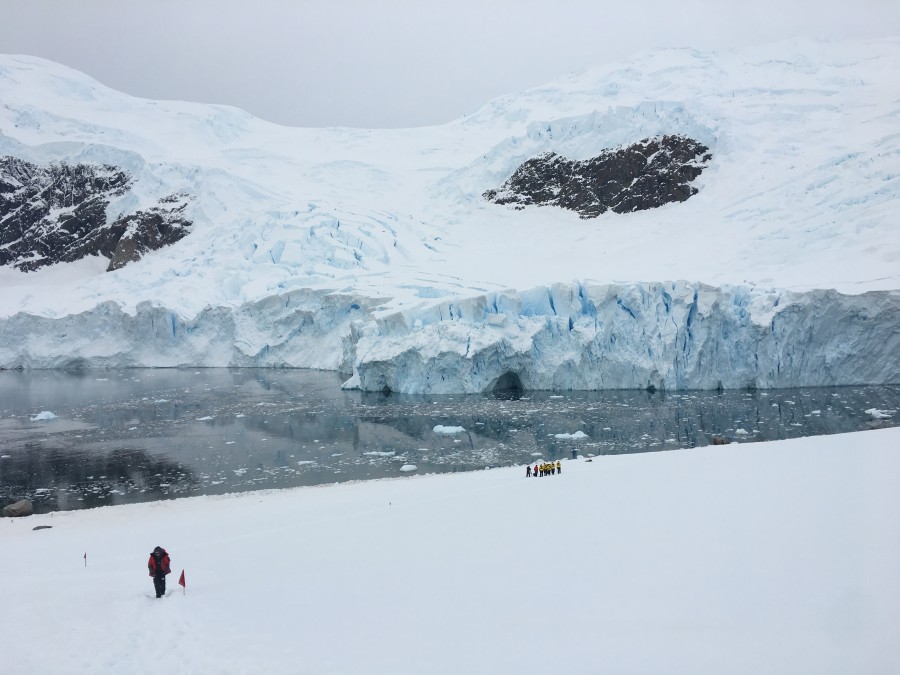
Of course, I was warned beforehand by our guides, “if you hear a crack move as fast as possible to the high ground.” Sound advice but witnessing it first-hand is an Attenborough moment and common-sense just went out the window.
It was a fitting climax to a discovering Antarctica expedition cruise that properly lived up to its 5-star billing. A 15-night round trip from Ushuaia – Argentina’s ‘end of the world’ port city – taking in stops at the Falkland Islands, South Georgia and the Antarctic Peninsula before returning via the infamous Drake Passage.
To make it even more special, it was Ponant’s inaugural Antarctica cruise with National Geographic as an exclusive partner. It is the perfect seal of approval for this stylish independent French cruise line that has become synonymous with luxury expedition cruises to some of the remotest places on earth.
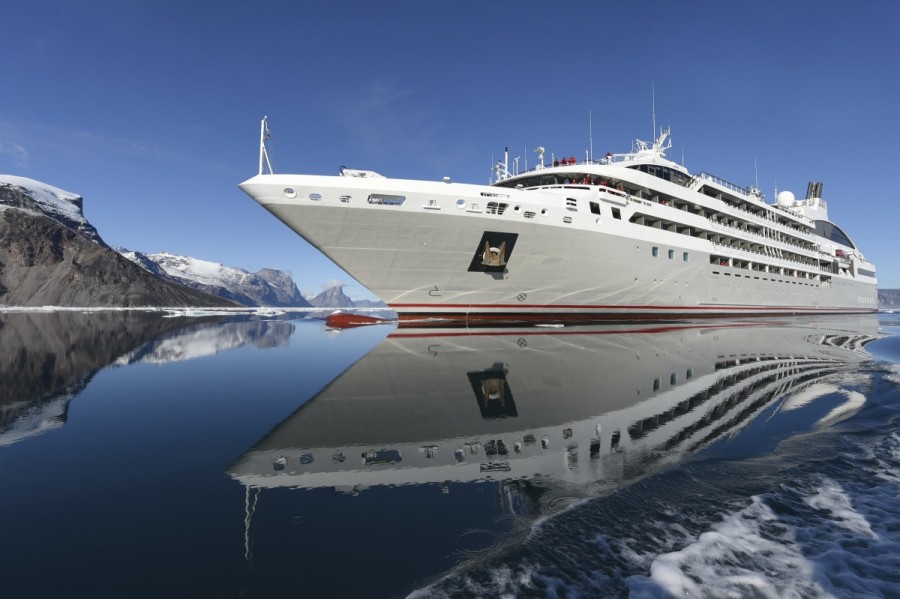
We arrived for the start of our discovering Antarctica cruise in Ushuaia fresh from a few days in the warm sun of Buenos Aires and the temperature couldn’t be more different. Down at the bottom of Tierra del Fuego, it really did feel like I was at the end of civilization. From there looking south, there’s nothing else man-made save a few scientific research centres and long-abandoned whaling stations.
But first, we were venturing north-east to the Falklands and waiting patiently to take me there was Le Soléal, a sleek and very stylish French ship with just 132 staterooms. She may have been light years away from Scott and Shackleton’s explorer ships when discovering Antarctica, but for me, an adventure no-less exciting.
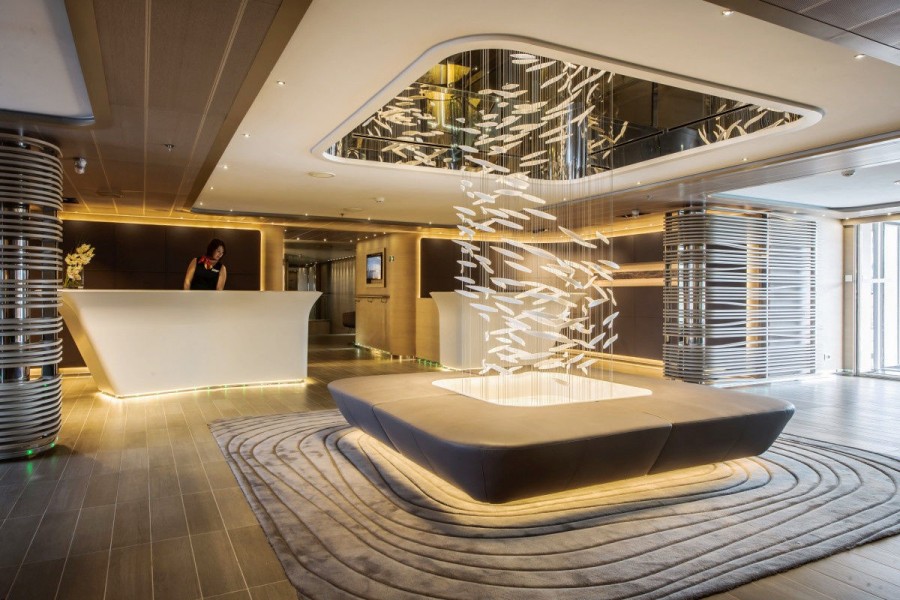
Le Soléal had a chic visage, but under all the glitz and glamour lay a highly capable polar-ready vessel that could cut through surface sea-ice like a knife through butter and thankfully withstand pretty much anything Mother Nature could throw at her. Having said that, my pastel-coloured stateroom had all the home comforts of a hotel in a fancy Paris arrondissement.
Styled by famed French interior designer Jean-Phillippe Nuel, the luxury linens, the king bed, the large flat-screen TV, I-Pod station, espresso machine, robes and French toiletries were all de-rigueur. As was free wireless internet, in-room movies and a daily stocked mini-bar. The floor to ceiling glass patio doors slid open to a bijou but perfectly acceptable balcony space where I enjoyed the company of numerous marine neighbours over the course of the cruise.
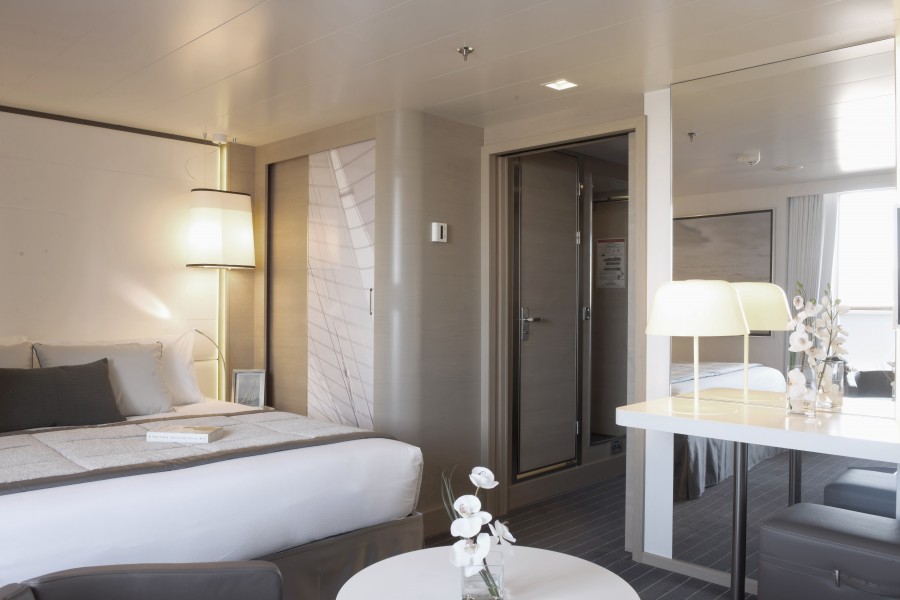
As you would expect with a French ship, gastronomy and wines are treated with almost reverential respect. I recall an amusing story from my first trip with Ponant where I asked if I needed to book the gastronomic restaurant in advance. “Monsieur Mossack” came the reply from the bemused restaurant manager, “all our restaurants are gastronomic.” Le Soléal had two restaurants and both were open for breakfast, lunch and dinner, the only difference being the Grill up on the pool deck was for casual dining with buffet service and various themed nights, while the main restaurant offered silver service fine dining.
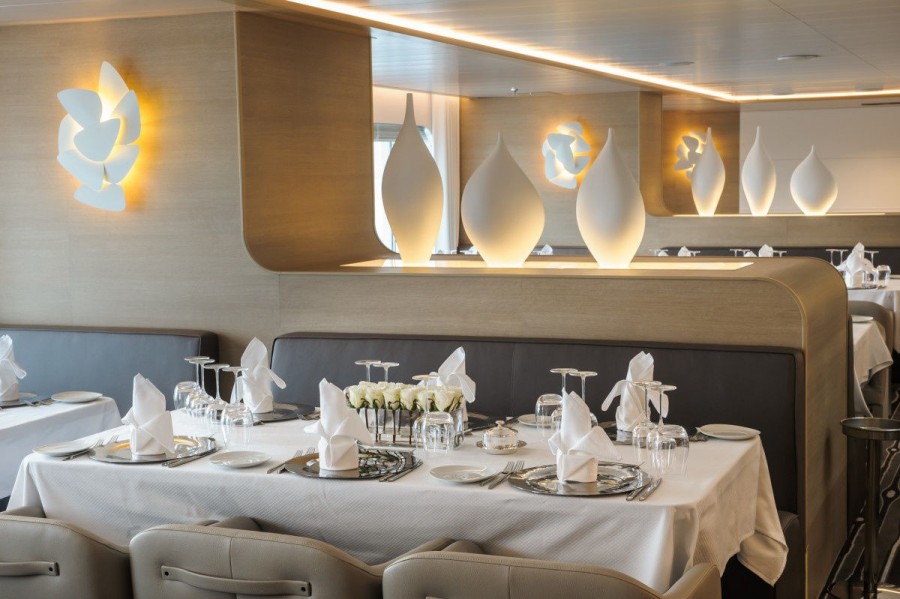
Our first two days were at sea, leaving plenty of time to explore the ship. The small gym was always a popular meeting point, plenty of calorie-burning to offset the daily intake, and the cocktail bar’s observatory lounge became a daily haunt for spotting wildlife. Almost de riguer when on a discovering Antartica cruise.
The ship’s theatre held nightly shows and daily briefings from the whole expedition team. There were also fascinating lectures from National Geographic who brought along one of their top photographers to offer insight into taking more memorable pictures. The main salon was another relaxing venue in-between the frequent Zodiac outings when it became the main conduit for groups waiting to disembark.
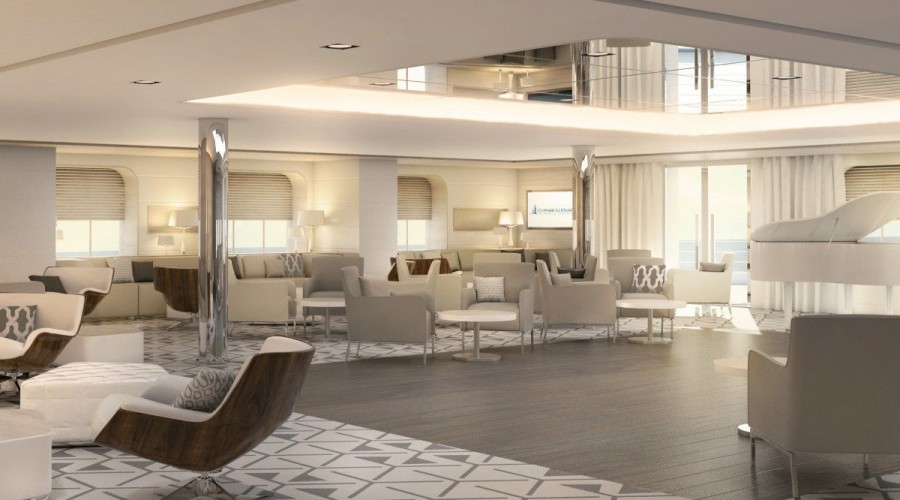
Of course, the daily excursions were at the very heart of the trip – this was an Antarctic expedition cruise after all – and capable clothing for going ashore was mandatory. Even though this was summer in Antarctica and the temperatures were just above freezing, the strong winds could make it feel far lower.
We were all given polar parkas as gifts – very welcome – and fitted out with rubber wellington boots for going ashore. The boots were not simply for grip. There are strict regulations these days to avoid any contamination ashore, and not only did we thoroughly wash our boots after each excursion there were also close inspections of clothing too to avoid carrying any organic matter to other islands.
The Falkland Islands
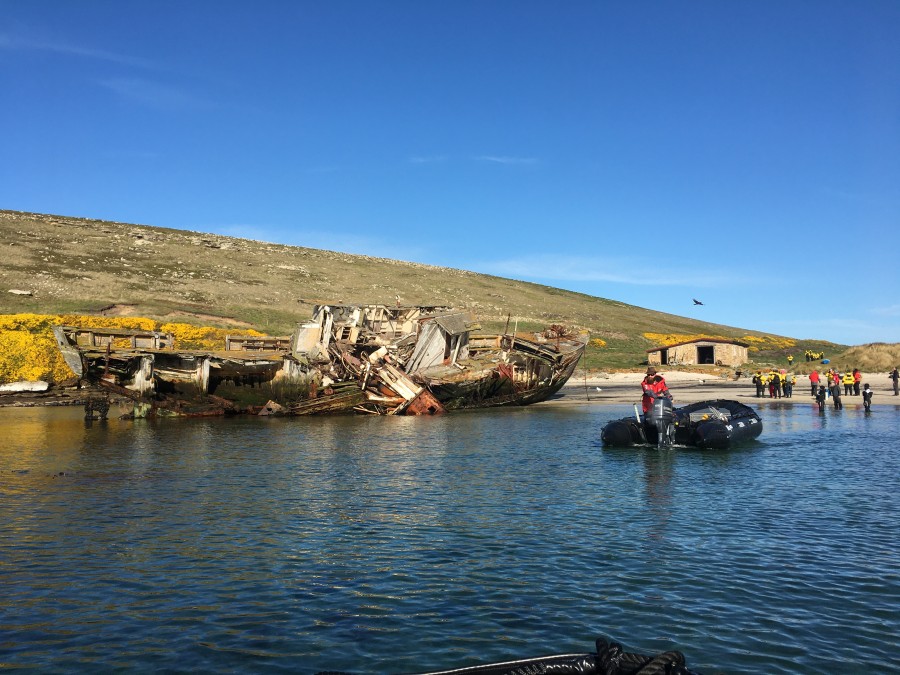
Our first stop was at New Island on the western edge of the Falklands. It’s home to a tiny village of just two families, but it’s also home to a huge colony of southern rockhopper penguins, black-browed albatross and imperial shags all co-existing in one group. My Zodiac made landfall on to a flower-lined sandy beach with nothing but a wreck of a minesweeper and a small stone hut for company.
A short hike across a meadow led to the other side of the island and the colony perched on the craggy outcrop. Hundreds of penguins carefully guarding their eggs against potential predators. It was our first taste of local wildlife in their natural habitats and didn’t disappoint. On the way back I popped into the stone hut which was a small museum run by one of the English families. I wanted to buy a couple of souvenirs only to be politely informed “we only take English currency here sir. Do you have any?” Sadly not.
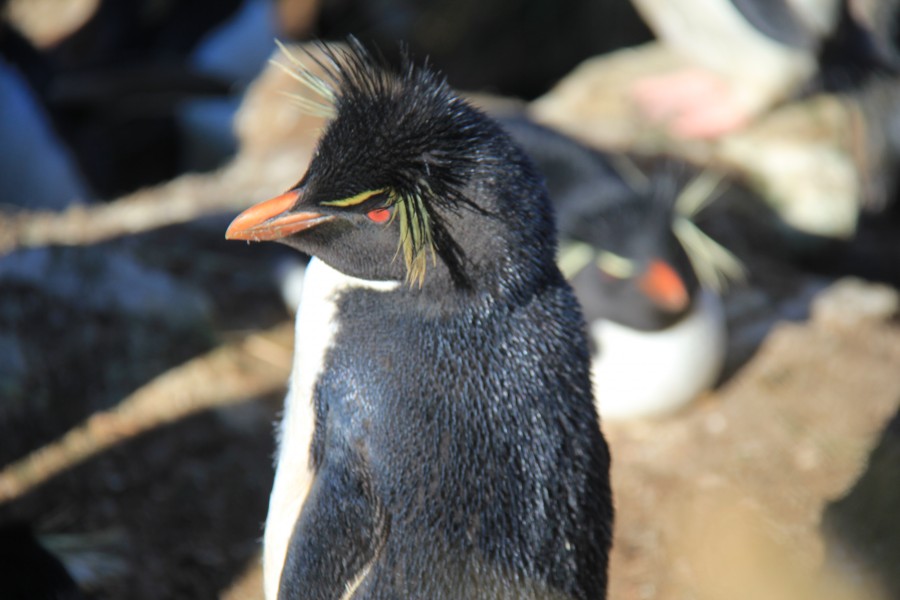
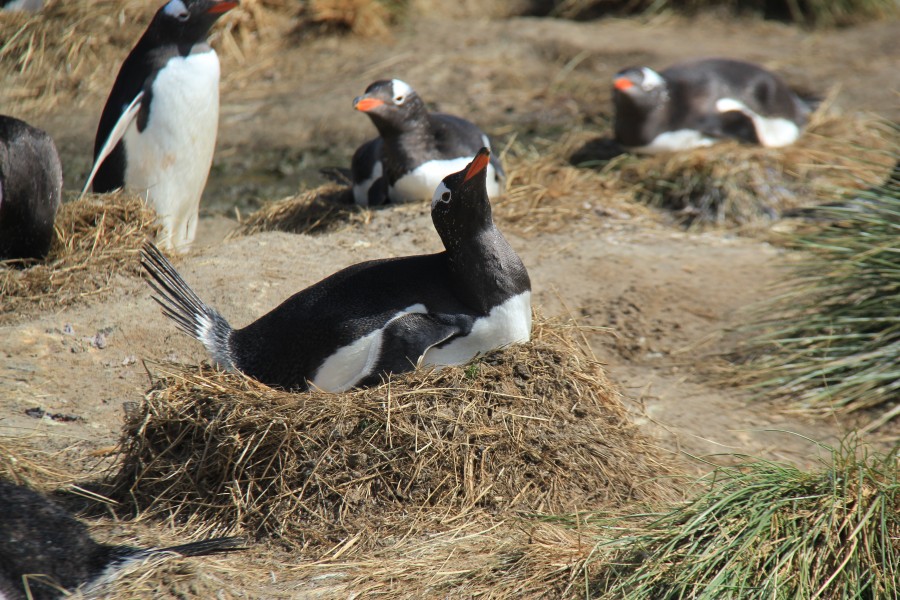
We moved on and sailed through the Woolly Gut strait emerging at Grave Cove on the northern stretch of the Falklands. We were accompanied by four black and white Commerson’s dolphins, clearly intrigued by our sudden arrival. We came ashore to a welcoming party of dozing sea lions and hiked across grassy dunes to a colony of nesting Gentoo penguins. I followed some penguins marching off in line down to the beach. I watched as they transformed from awkward walkers into elegant diving machines as they hit the surf and swam out to sea breaching in formation. Another Attenborough moment.
South Georgia Island
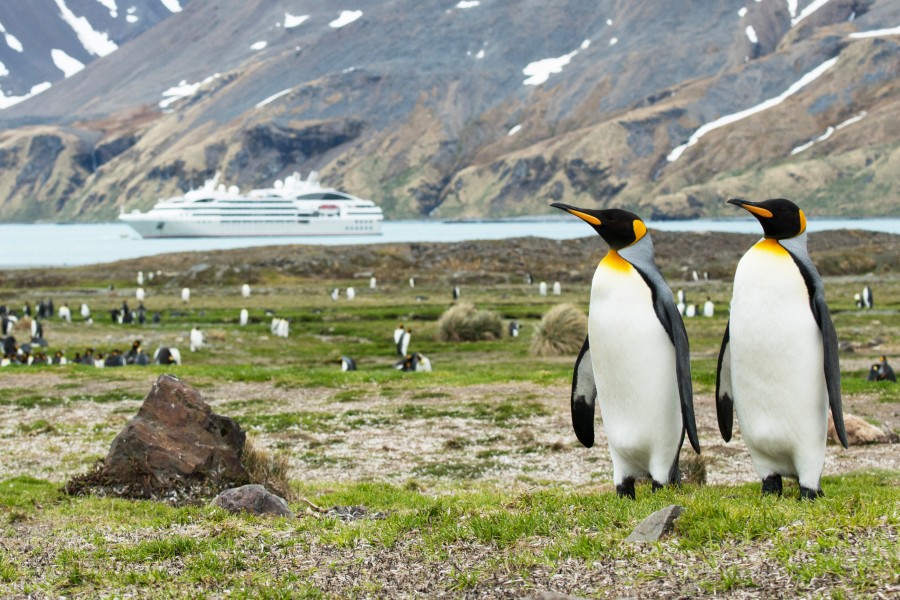
I’ve always had a fondness for King penguins, and John Frick our expedition leader promised I would see my fill of them on South Georgia. An island first landed by Captain Cook in 1775 and the scene of Ernest Shackleton’s historic trek to save his crew after his ship sank in January 1915. After another two days at sea, we dropped anchor off Fortuna Bay and got our first sight of South Georgia, an island full of towering peaks and glaciers and deep rugged canyons. It was also famous for whaling in the 19th century when sailors flocked here intent on making their fortunes catching whales so oil could be processed from the blubber.
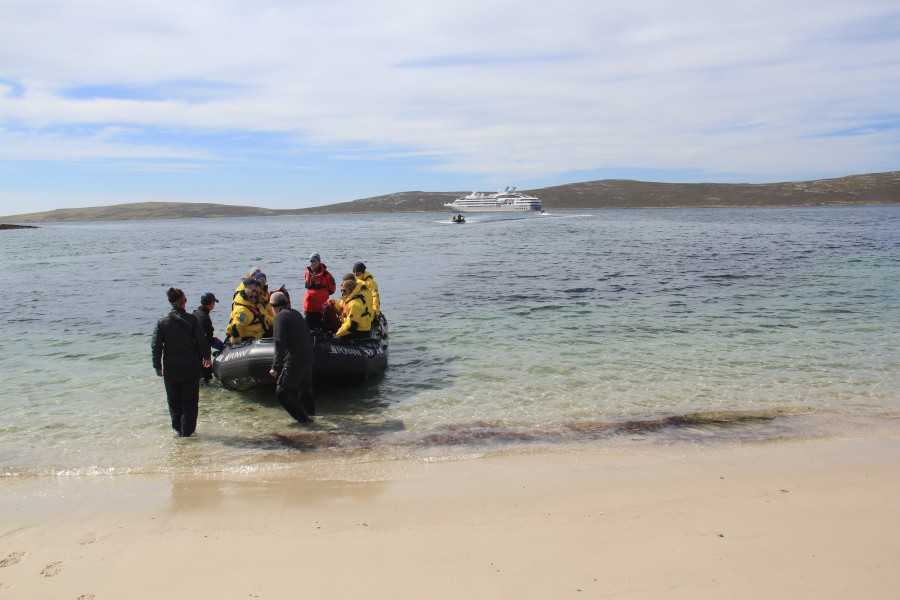
As we landed on the beach, I’m not ashamed to say I sensed the spirit of Shackleton. To be in the very wake of a famous explorer I had only read about was very exciting for me. There was even an opportunity to hike in his very footsteps; the last few miles of his 32-mile trek to Stromness Whaling Station where he knew he could organise the rescue of his crew from Elephant Island. In the end, I was put off by the expedition team who warned of the dangers of the last section which was a long steep downhill climb often packed with ice and scree.
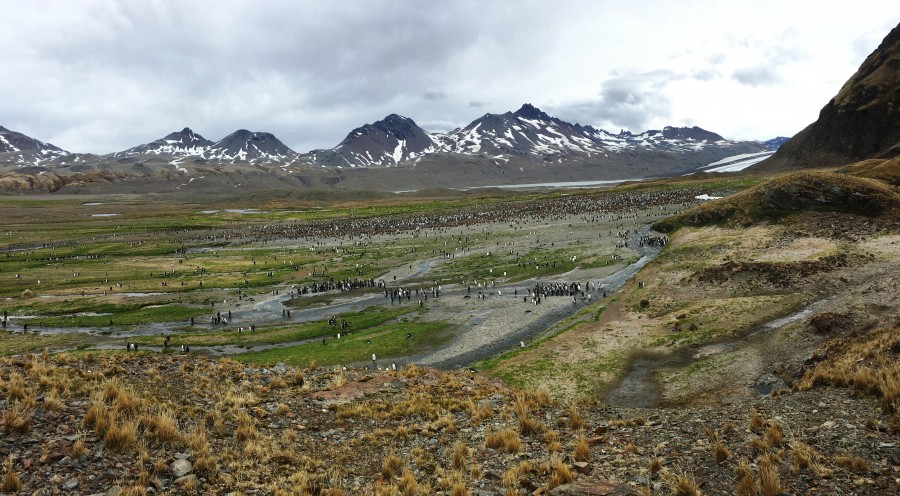
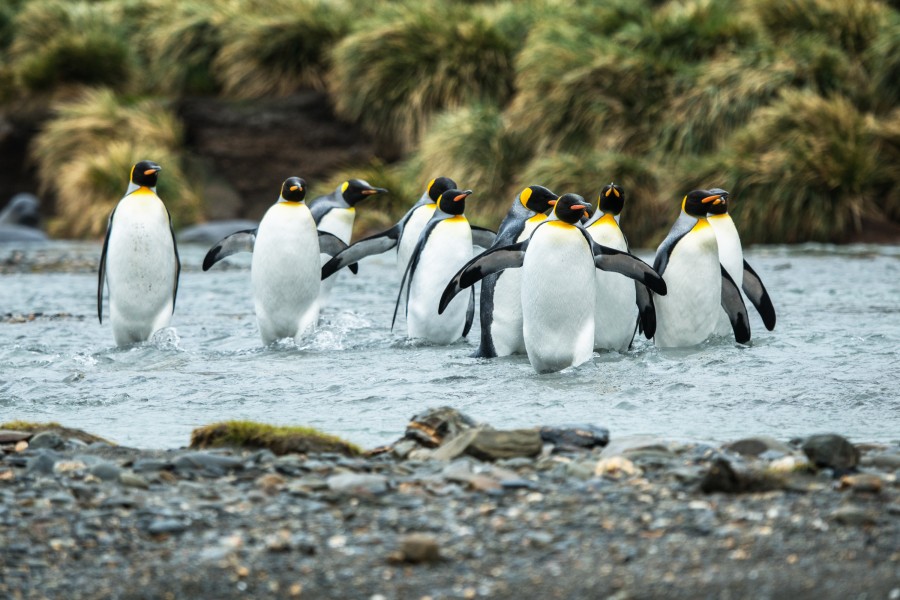
Quite a few hardy guests did the four-hour guided hike, while the rest of us made do with trekking the rugged landscape of Salisbury Plain. We made our way around numerous fur and elephant seals to reach a massive rookery of King penguins camped close to a lake framed by rugged peaks standing like formidable giant sentinels.
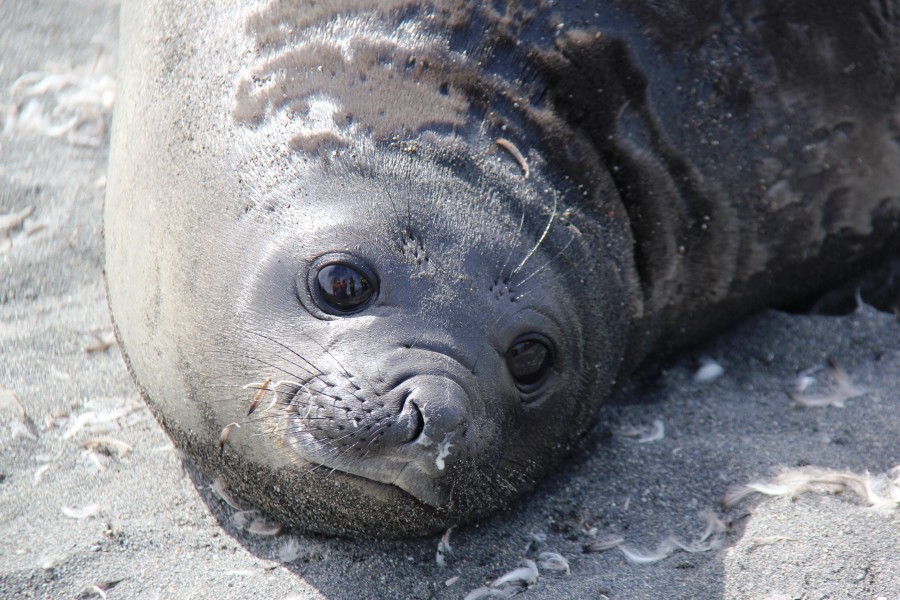
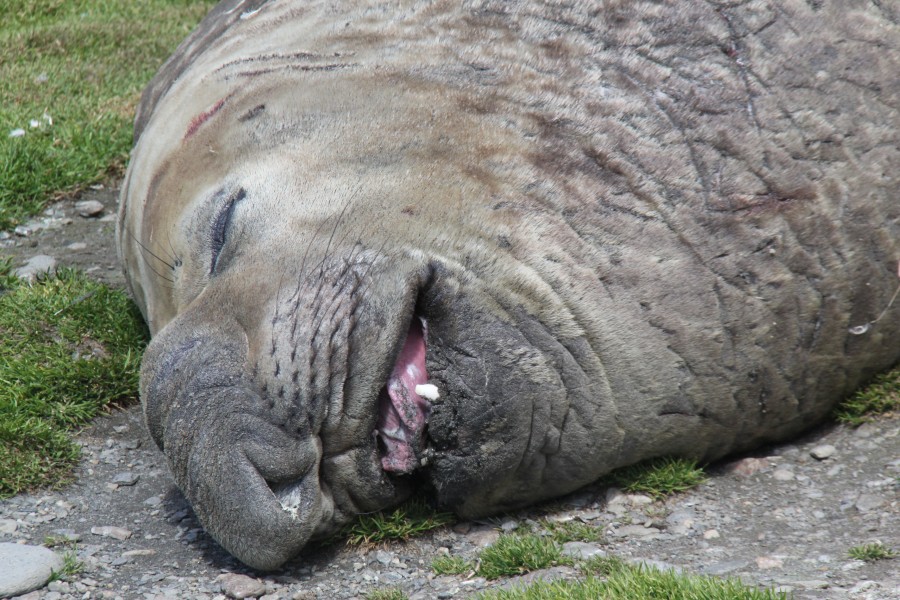
Back on board, we sailed around to the ruins of Stromness to meet up with our intrepid Shackleton walkers. The once busy and bustling whaling station now empty and rusting, is slowly being reclaimed by the island. Still, it will forever be inscribed in history as journey’s end for Shackleton and his two men.
The next day we sailed around to Grytviken, yet another once-thriving Norwegian whaling station, but now left as an eerie remnant to a bygone industry of slaughter that processed nearly 200,000 whales. Whalebones lay strewn around, the giant vats and machinery now silent for over 60 years. The beached hulk of the Peterel, a whaling ship once the darling of the fleet, now slowly rusts.
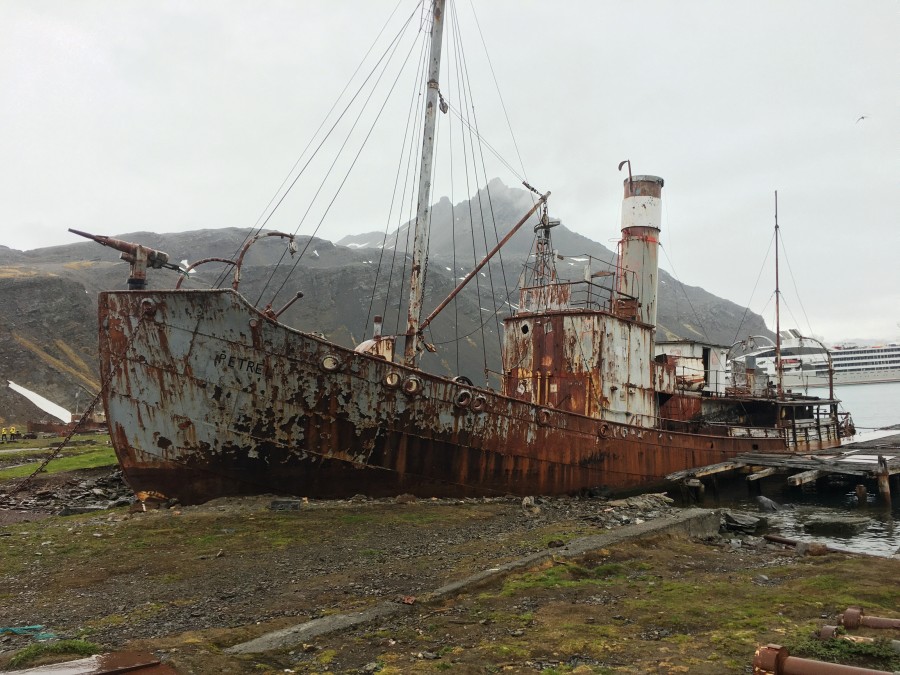
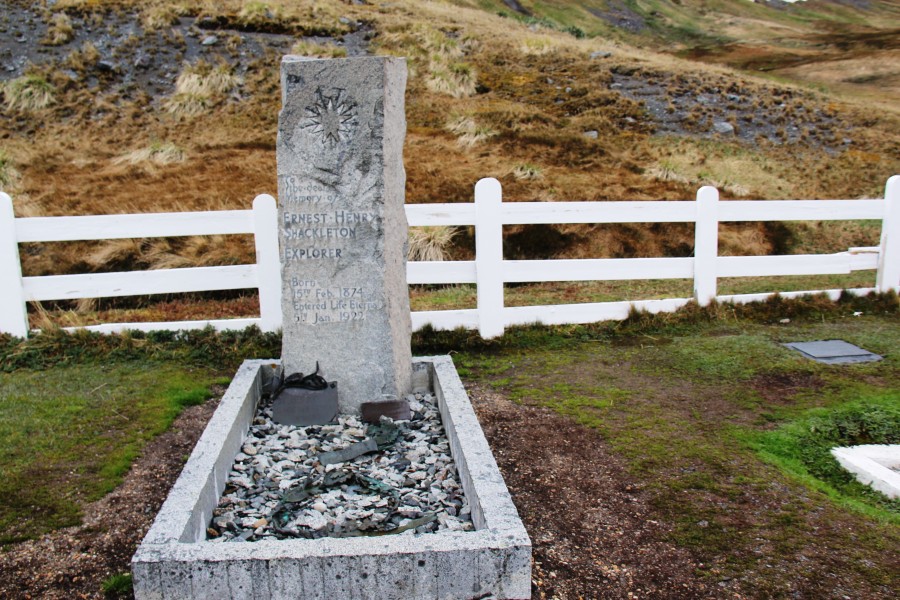
There’s a small Lutheran church here and a museum with artefacts from expeditions that passed through. Pride of place, however, goes to Shackleton’s grave in the small cemetery, the tombstone standing tall and proud alongside his right-hand man Frank Wild who passed away a few years later. Shackleton suffered a heart attack in 1922 aboard his vessel during another Antarctic expedition and his widow instructed them to bury him “on the land he loved” rather than return his body home. We stood and toasted him at his final resting place with a hearty shot of Irish whiskey.
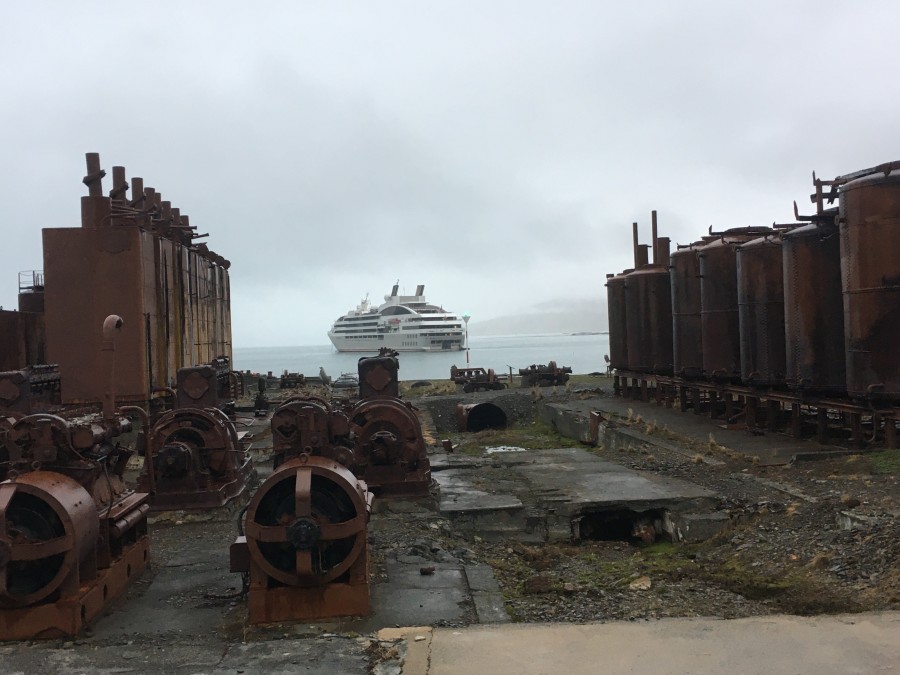
The church is the starting point of a beautiful two-hour hike past an old hydro plant and a frozen lake up to a clifftop with a sensational view across the south Atlantic.
Our last stop was St. Andrew’s Bay, a glorious magnet for seals. Magnificent huge elephant seals and, due to mating season, some very aggressive fur seals keen to show who was boss in this part of the world. Our goal was to visit the largest King penguin rookery on earth which took a bit of getting to. Bypassing plenty of seals, avoiding penguin highways and navigating knee-high rapids. But the prize was worth the effort. Hundreds of thousands of penguins, many of them still wearing their baby fur. Yet another Attenborough moment.
Antarctica
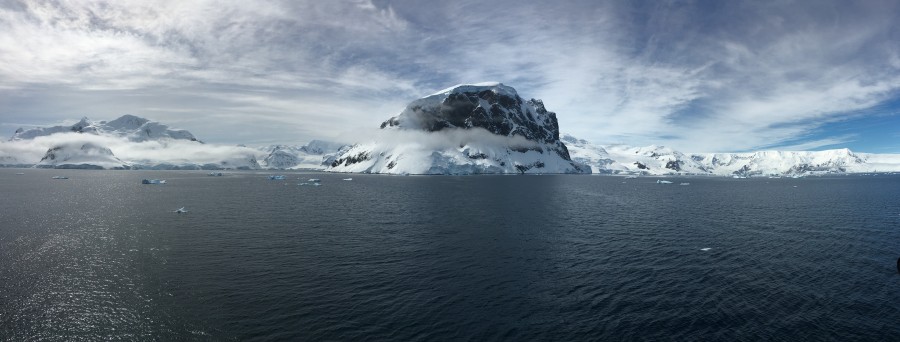
Another two days at sea and after crossing the Antarctic Convergence – the biological sea boundary of Antarctica – we had icebergs. Our first glimpse of the polar region. A stark contrast. Even the birdlife was suddenly different. A single snow petrel, brilliantly white, got our guides very excited. Then, in front of us, Brown Bluff. We’d finally reached the White Continent. Three times the size of Australia and we were finally discovering Antarctica and about to set foot on it.
The pebbly beach was dwarfed by the rugged face of Brown Bluff, a long-extinct polar volcano, but all around us was debris of its former self; giant basalt boulders, their shapes carved by erosion over millennia. It was a desolate yet beautiful place with just the penguins for company.
Back onboard the weather was in our favour and later that day we entered the legendary Weddell Sea, a place of seafaring myths involving green mermen and treacherous flash freezes. I could only imagine the tales of the wrecks that lay beneath us as we silently glided across the floating ice field. It was a magical couple of hours safely navigated by Captain Marionneau and his crew.
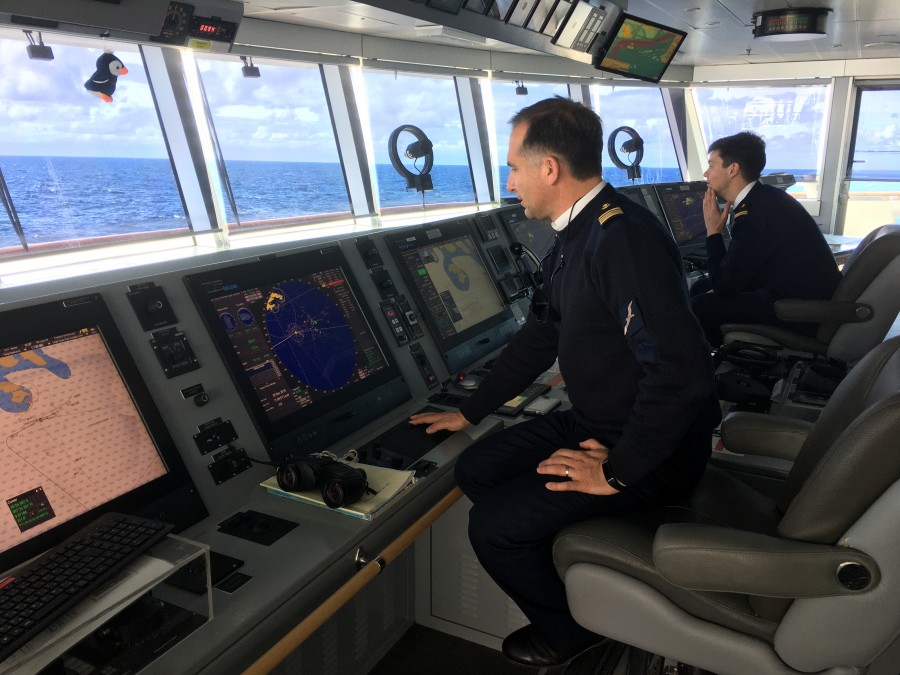
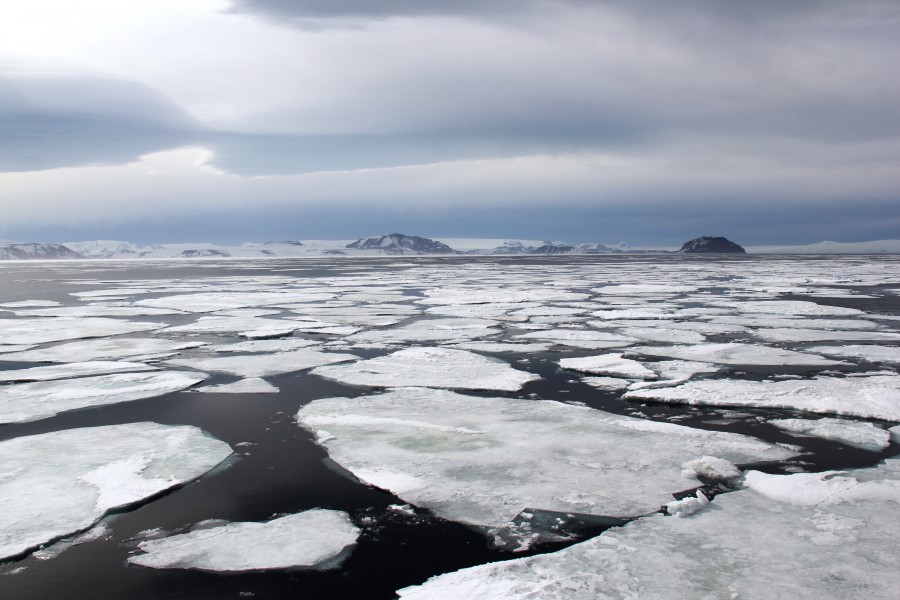
Half Moon Island was next, a veritable treasure trove of Chinstrap, Adélie, Gentoo and Macaroni penguins.
But more surprises were yet to come. We were heading for an unscheduled stop at Deception Island, the horseshoe-shaped caldera of an active volcano covered in glaciers. To get there the Captain had to plot our way through glacier-blue icebergs each shaped by nature into structures of extraordinary beauty.
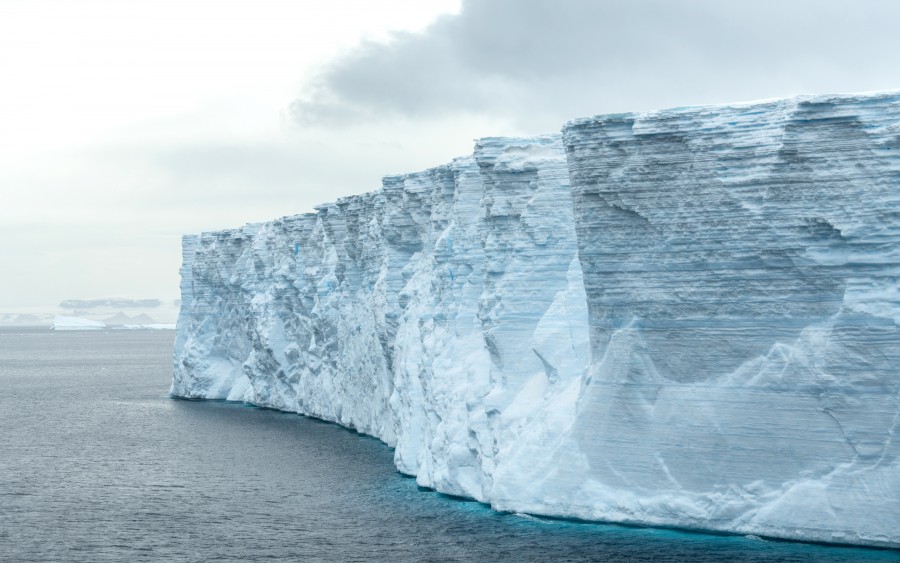
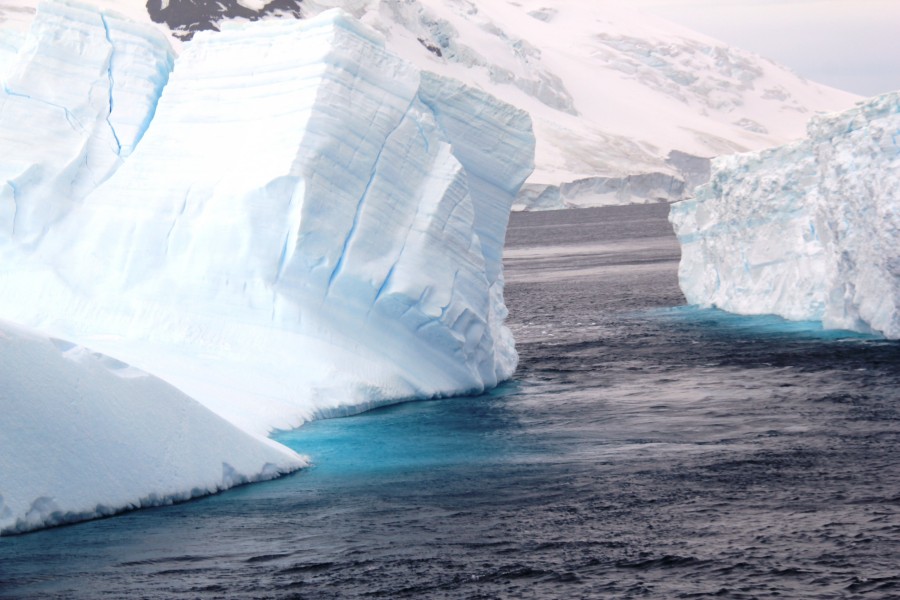
Neptune’s Bellows, Deception Island’s narrow entrance, is only accessible in calm weather and our patience was rewarded when, after a couple of hours, the wind subsided enough for us to make it in safely. This sheltered caldera was once Port Foster, a natural ice-free harbour for fur sealers and whalers and was so popular a small village was built on the shore next to a Norwegian whaling station. Even a rudimentary airstrip was constructed in 1928. The decline in the whale population to almost extinction put paid to the whalers and two eruptions finished it as a military and scientific base.
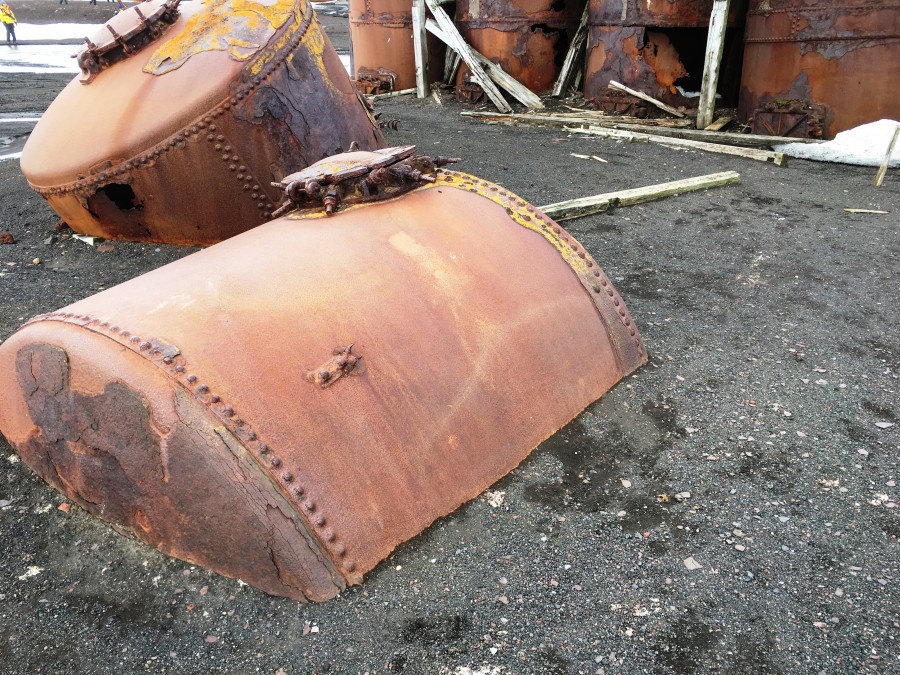
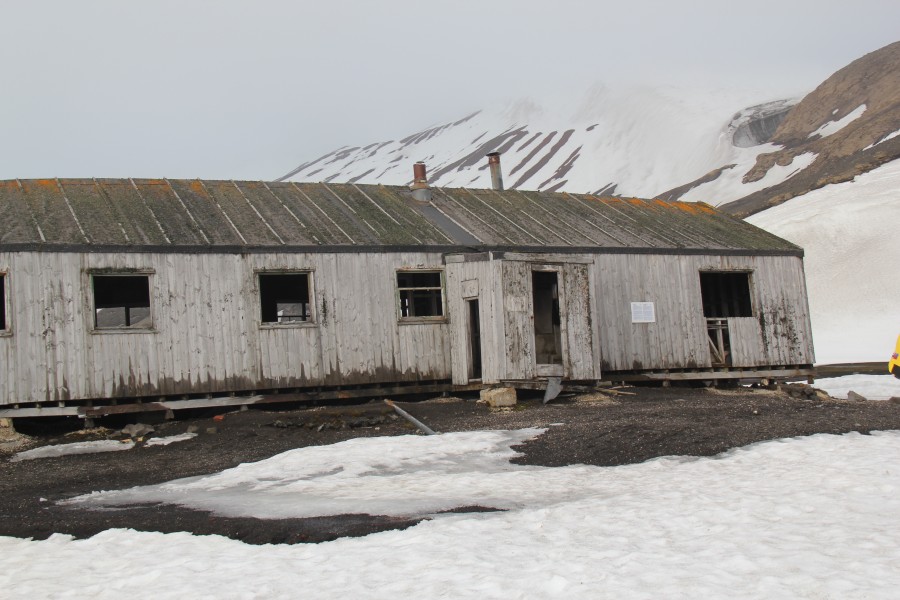
Now it is an outdoor museum frozen in time. The rusting whaling machinery, the slowly decaying living quarters and even the plane hangar are simply left as museum pieces. An abandoned set for photographers and a playground for chinstrap penguins.
Which brings me neatly back to Neko Harbour, our final frolic while discovering Antarctica. With cameos from the Gentoos framed by blows from distant humpbacks, we bade farewell to our small corner of the world’s last wilderness and headed back to Ushuaia. I think it’s far to say we enjoyed discovering Antarctica!
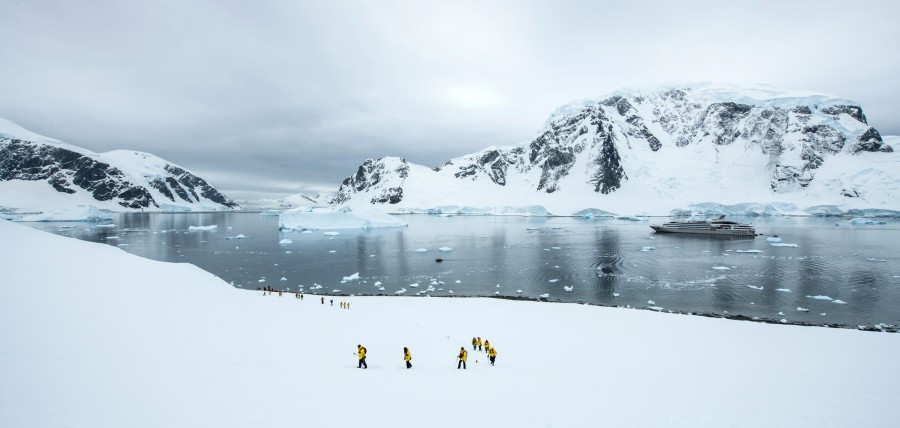
We can only hope it stays so pristine and uncontaminated in the face of increased tourism. Discovering Antarctica is an adventure like no other, but please treat it with the utmost care and respect.
Featured image (C) Studio PONANT/Olivier Blaud All other images (C) Studio PONANT/Olivier Blaud and Andy Mossack.
Tell me more discovering Antarctica aboard Ponant
Discovering Antarctica Cruise with Ponant on Le Soléal visiting the same locations as Andy’s cruise. (These are not necessarily National Geographic collaborations)
Discovering Antarctica Example cruise from 28 November 2020 to 13 December 2020
16 days / 15 nights Ushuaia to Ushuaia
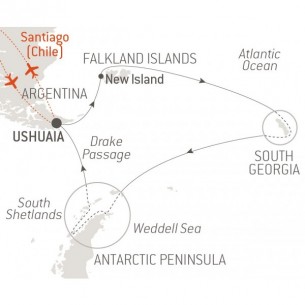
Ship : LE SOLEAL
Ref : UUEX45 – S281120
Including overnight in Santiago + flight Santiago/Ushuaia + visit + flight Ushuaia/Santiago
Discovering Antarctica from £11,470 per person.
Other departure dates:

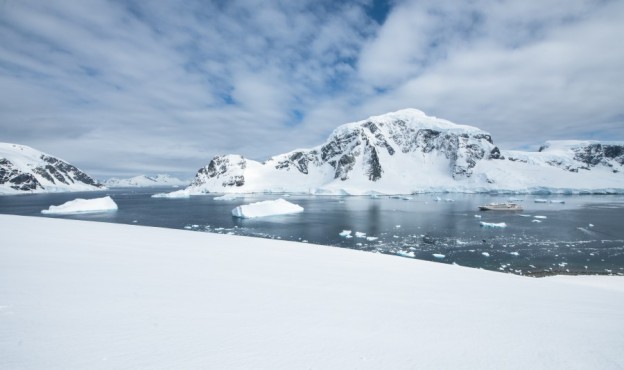

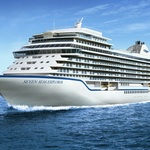

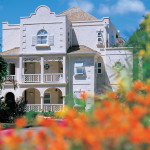

Wonderful report on what appears to be a once in a lifetime experience accompanied by some spectacular photographs .
Well done Andy.